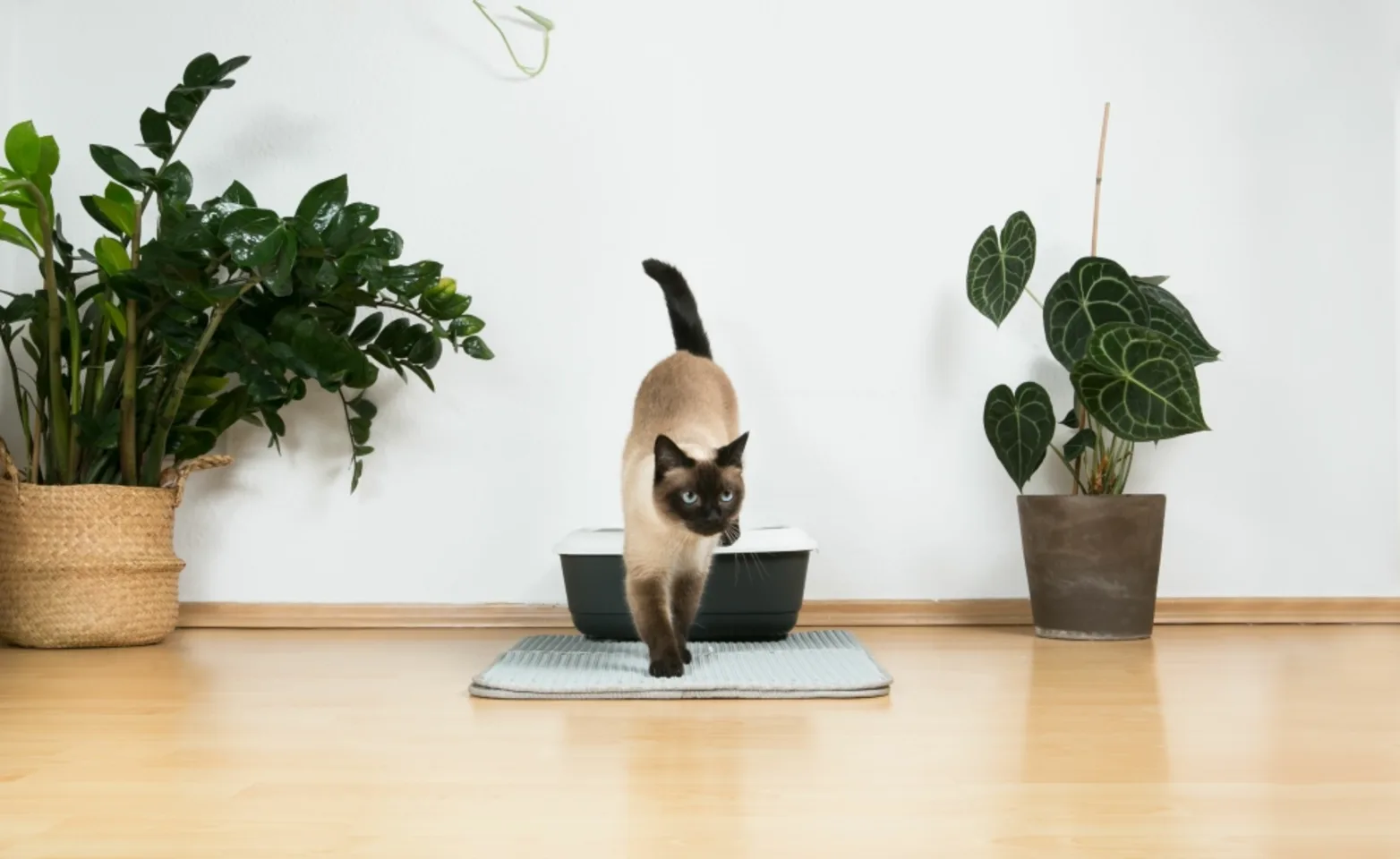East End Veterinary Medical Centre

Cat Hygiene and Training

Cat Nail Trim
Look at your cat’s toenails, you will notice a pinkish/reddish color inside the white nail. That is called the quick (pictured below). You do not want to cut that. If you do, a) it is painful for your cat and they will let you know it by screaming, scratching, or running away and b) it will start to bleed. You have to either use Kwik Stop or you can make a paste out of flour and water and pack it into the nail that is bleeding to make it stop. Once the nails are trimmed, you can use a nail file to file down the sharp edges if you cat allows you to.
Tip: If you play with your cat’s paws when they are kittens, they will become used to you playing with them and they won’t put up too much of a fight when it’s time for a nail trim.

Litter Box Issues
Tips to help encourage regular litter box usage
Cleaning - Litter boxes should be scooped at least once daily, if not twice daily, and completely emptied, cleaned, and refilled with clean litter once monthly
Rule of thumb - Offer one more litter box than the number of cats in the household
Location, Location, Location - A box should be placed in the area of inappropriate urination. Any changes to litter box locations should be done slowly (1-2 feet a day). There should also be one box located on each floor of the home. Consider what is nearby - scary noises or obstacles (including dogs) can deter a cat from using a particular litter box. Adding a night light near boxes in basements can also be helpful

Trial and Error - It may be necessary to experiment to find the right kind of litter and litter box your cat prefers. Most cats prefer unscented clumping clay litter and open litter boxes, but some may prefer the privacy of a covered box
Size Matters - The bigger the better. Having space to move around the box promotes use. Also consider the depth of the box as cats with arthritis may benefit from shallower boxes
